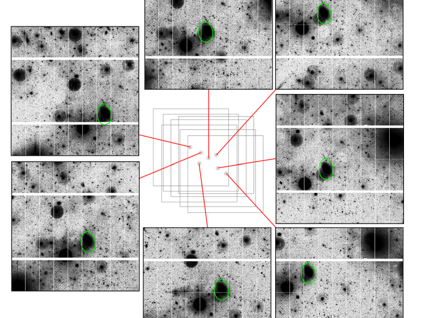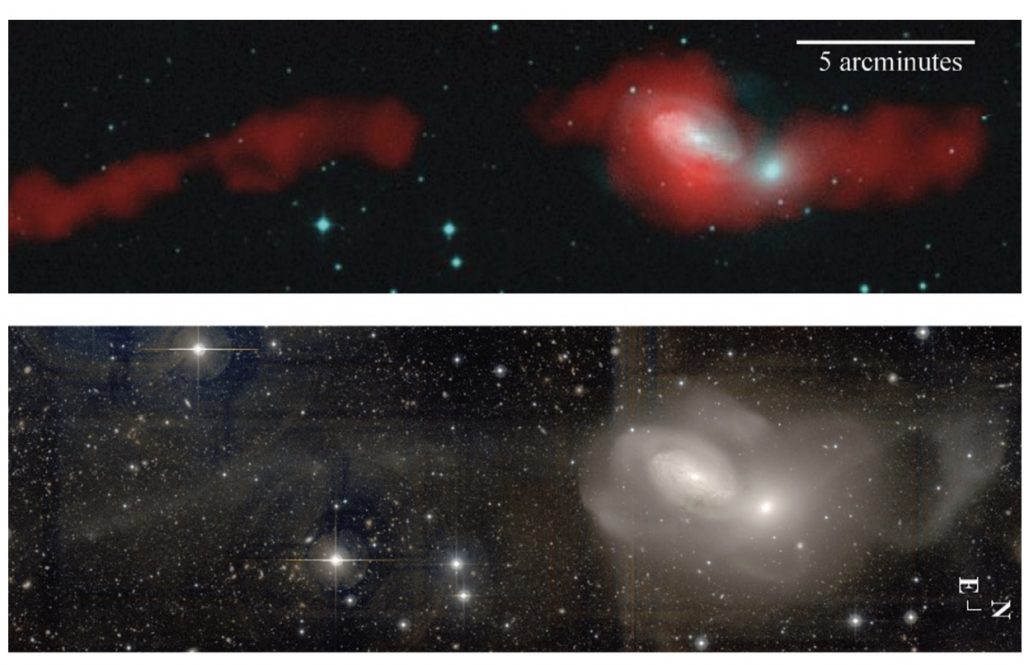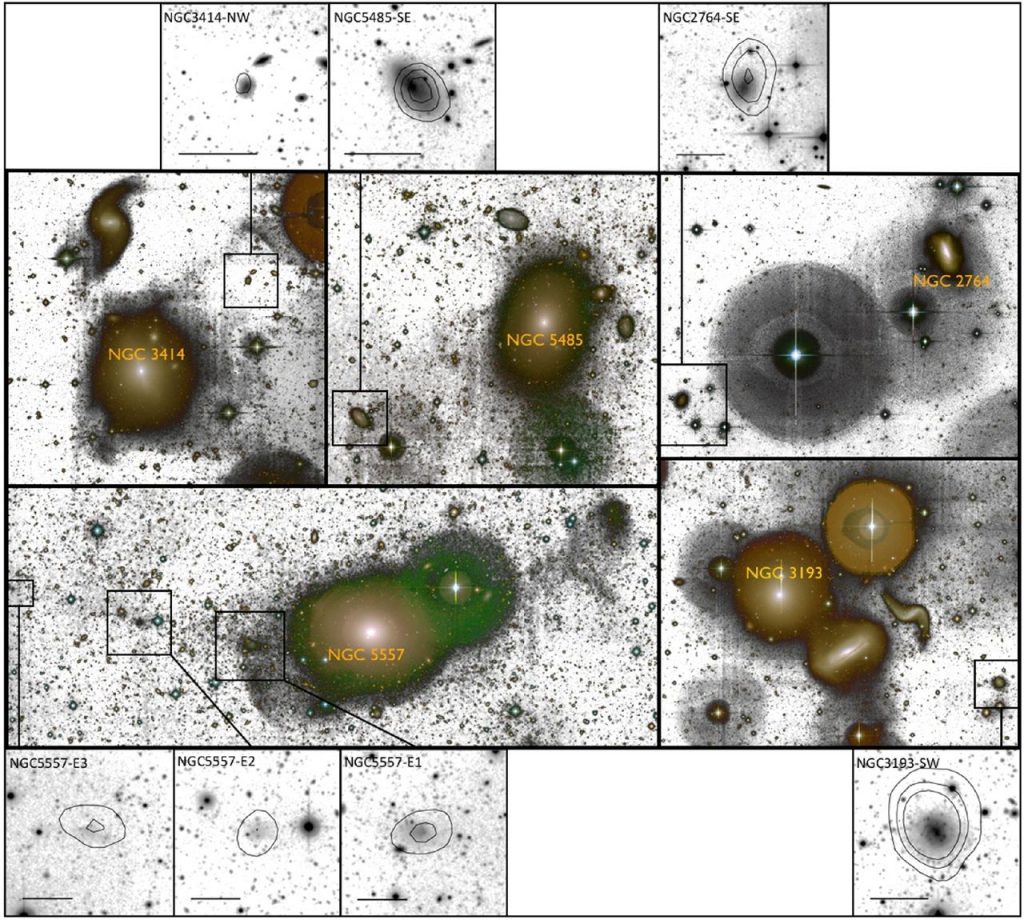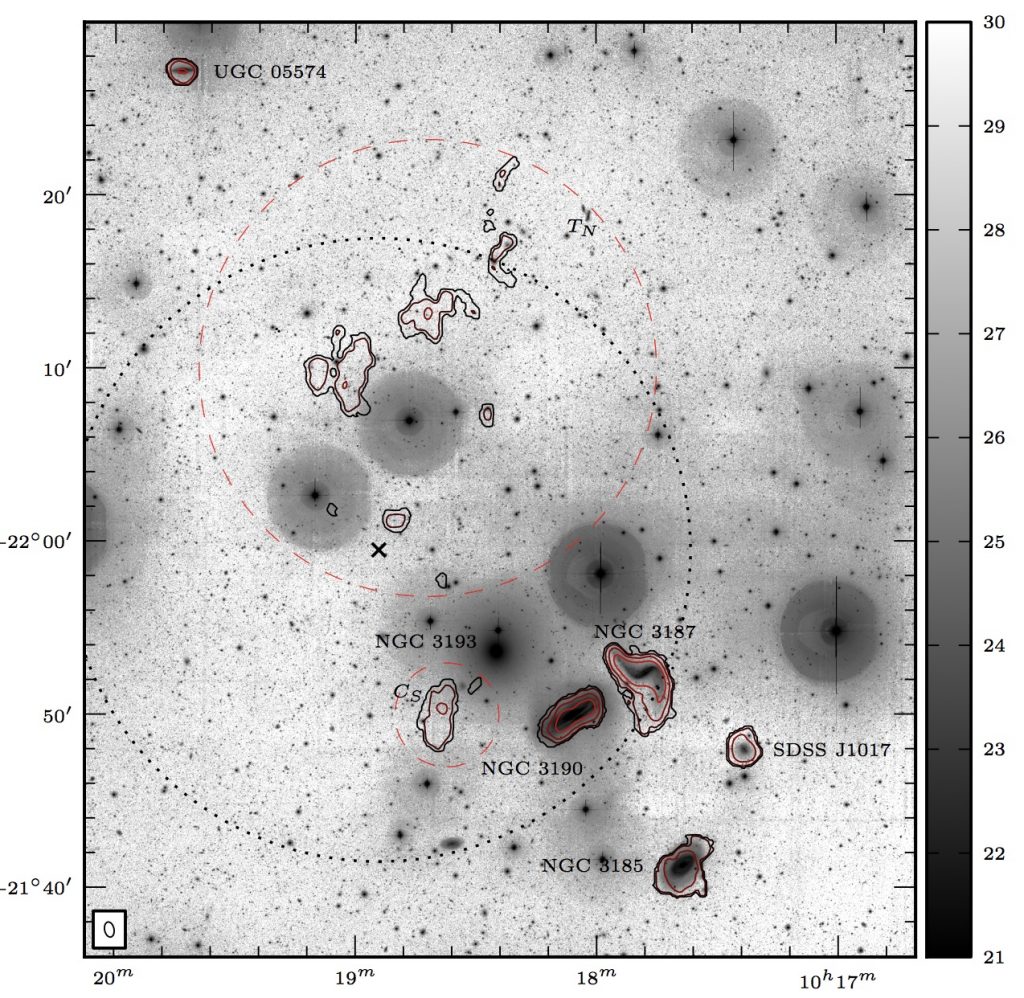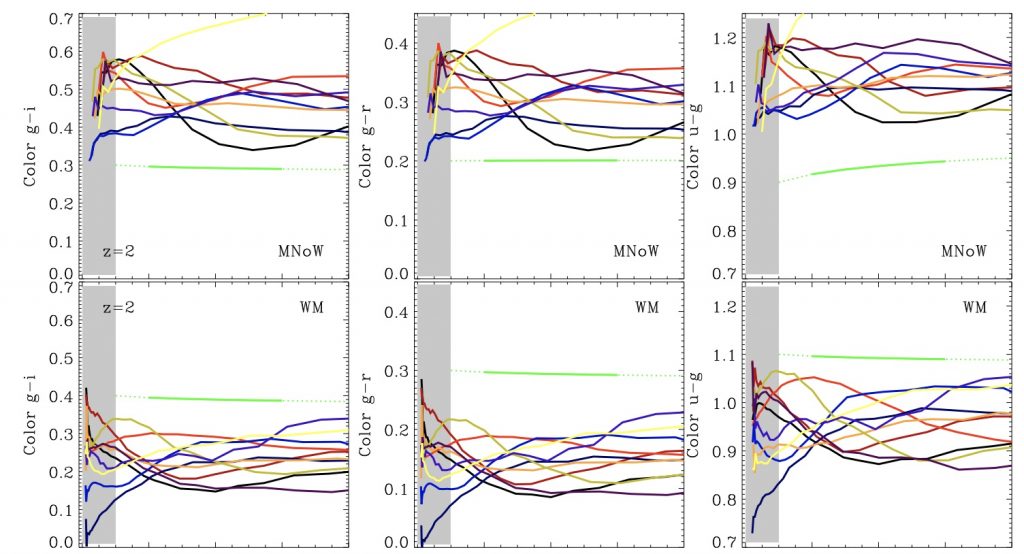
We investigate the evolution of stellar population gradients from z = 2 to 0 in massive galaxies at large radii (r > 2Reff) using 10 cosmological zoom simulations of haloes with 6 × 1012 M⊙ < Mhalo < 2 × 1013 M⊙. The simulations follow metal cooling and enrichment from SNII, SNIa and asymptotic giant branch winds. We explore the differential impact of an empirical model for galactic winds that reproduces the mass-metallicity relation and its evolution with redshift.
Continue reading “The stellar accretion origin of stellar population gradients in massive galaxies at large radii”

